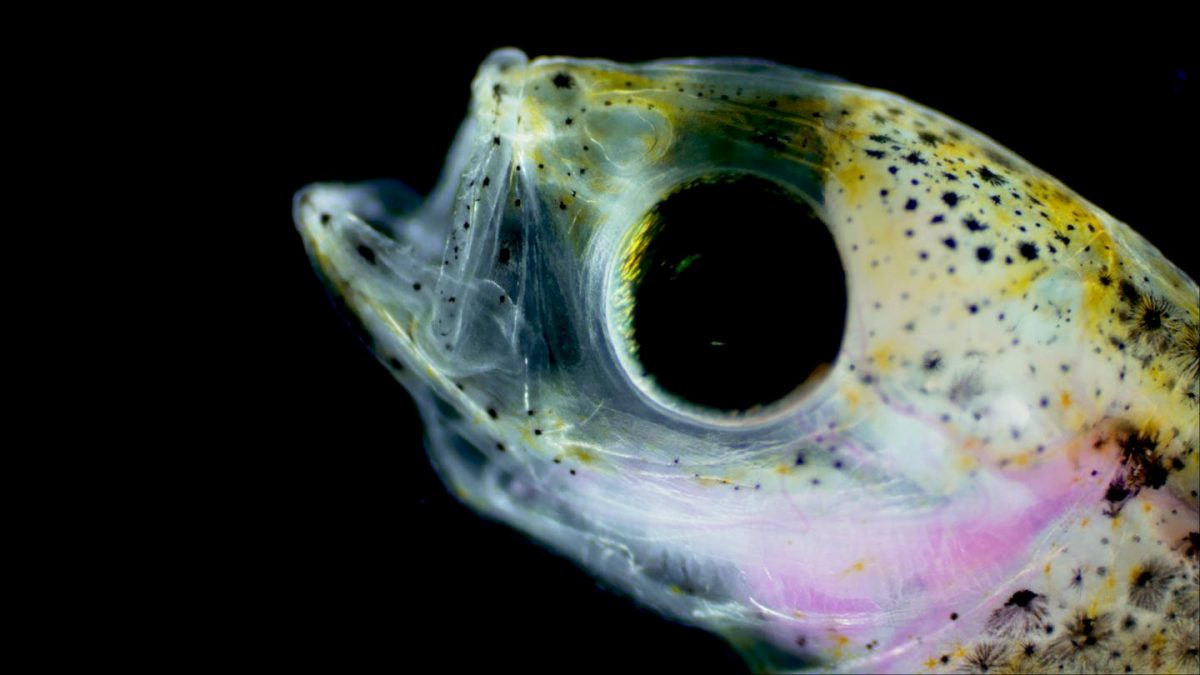
Haddock are born with a sensitive magnetic compass to help them navigate at sea, reveals a new study.
Experiments show Atlantic haddock orient toward the north west using Earth’s magnetic field.
They head in that direction as straight after hatching as larvae suggesting magnetic orientation is in their DNA.
Study lead author Alessandro Cresci, of Miami University in the US, said: “These results tell us that Atlantic haddock possess incredible orientation abilities from the earliest phase of their life, and that they have a sensitive magnetic compass.
“The dispersal of haddock larvae could be much less passive than we have assumed in the past.”
The research was done by Miami scientists together with colleagues at the Institute of Marine Research in Norway.
Scientists tracked the haddock larvae’s movements both in a magnetoreception test facility, known as the ‘MagLab’ and in a Norwegian fjord, a natural environment for the fish.
In the first experiment, the researchers placed the haddock larvae in a transparent behavioural chamber, known as a ‘Drifting in situ Chamber’ to observe where they would drift under natural conditions.
They then tested the larvae in the MagLab, where the magnetic field for North-South and East-West was rotated by 90 degrees for each of the larvae.
They found that the larvae headed to the magnetic northwest in the drifting chamber, and towards the exact same direction in the MagLab, despite being deprived of all other environmental cues.
Study senior author Professor Claire Paris added: “These microscopic haddock larvae were born in the hatchery and had never experienced life at sea, which suggests that magnetic orientation is in their DNA.
“The next step is to understand the consequences of their magnetic guidance will be to measure their swimming speed.”
The researchers’ discovery is an important step in better understanding the early-life stages of this commercially valuable fish.
The study, supported by a grant from the Norwegian Institute of Marine Research, was published in the journal iScience.